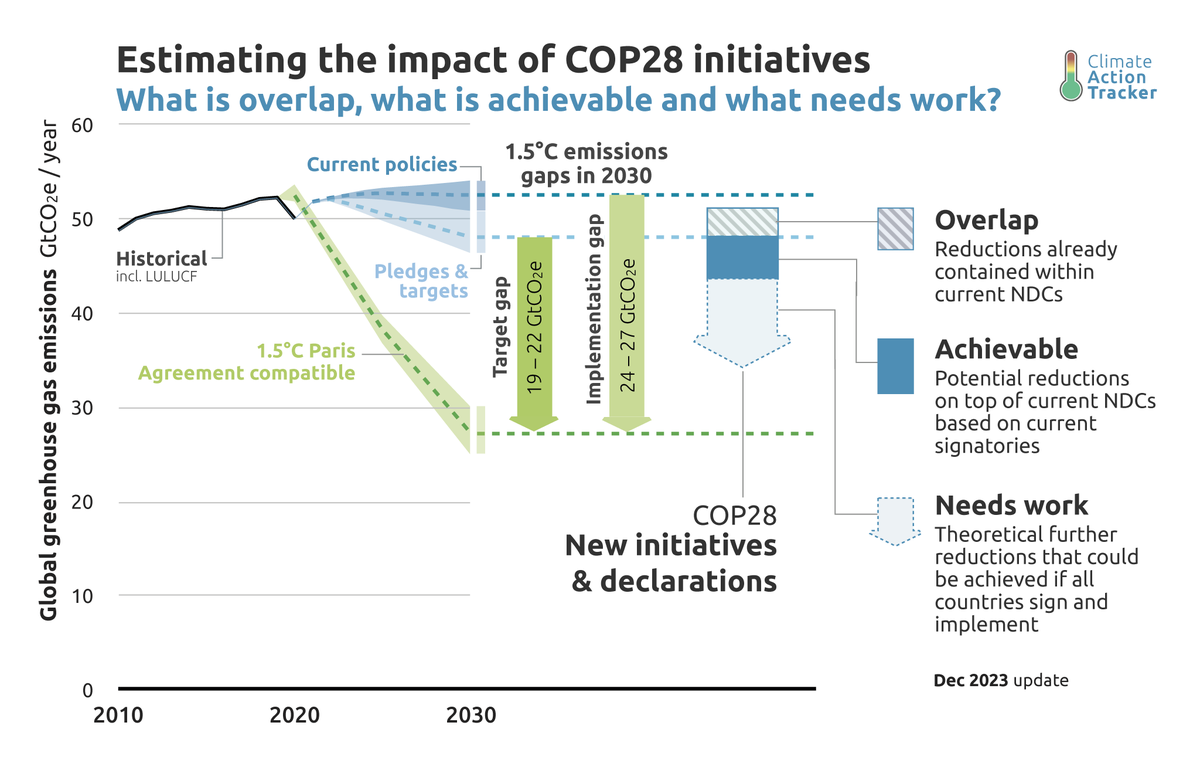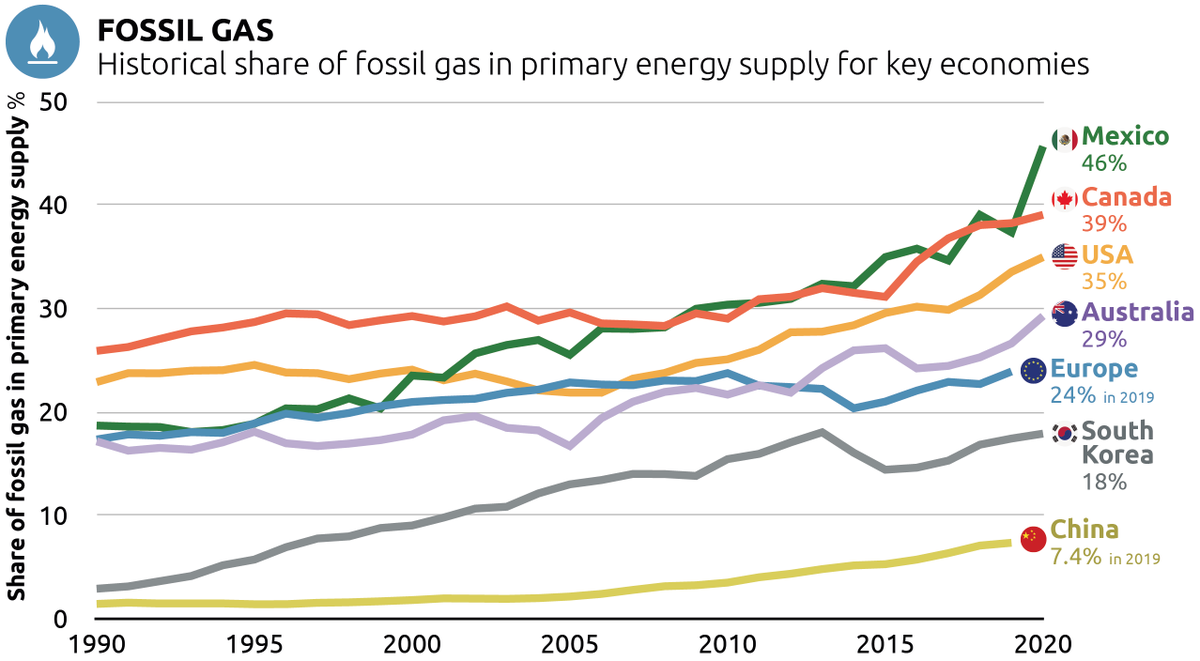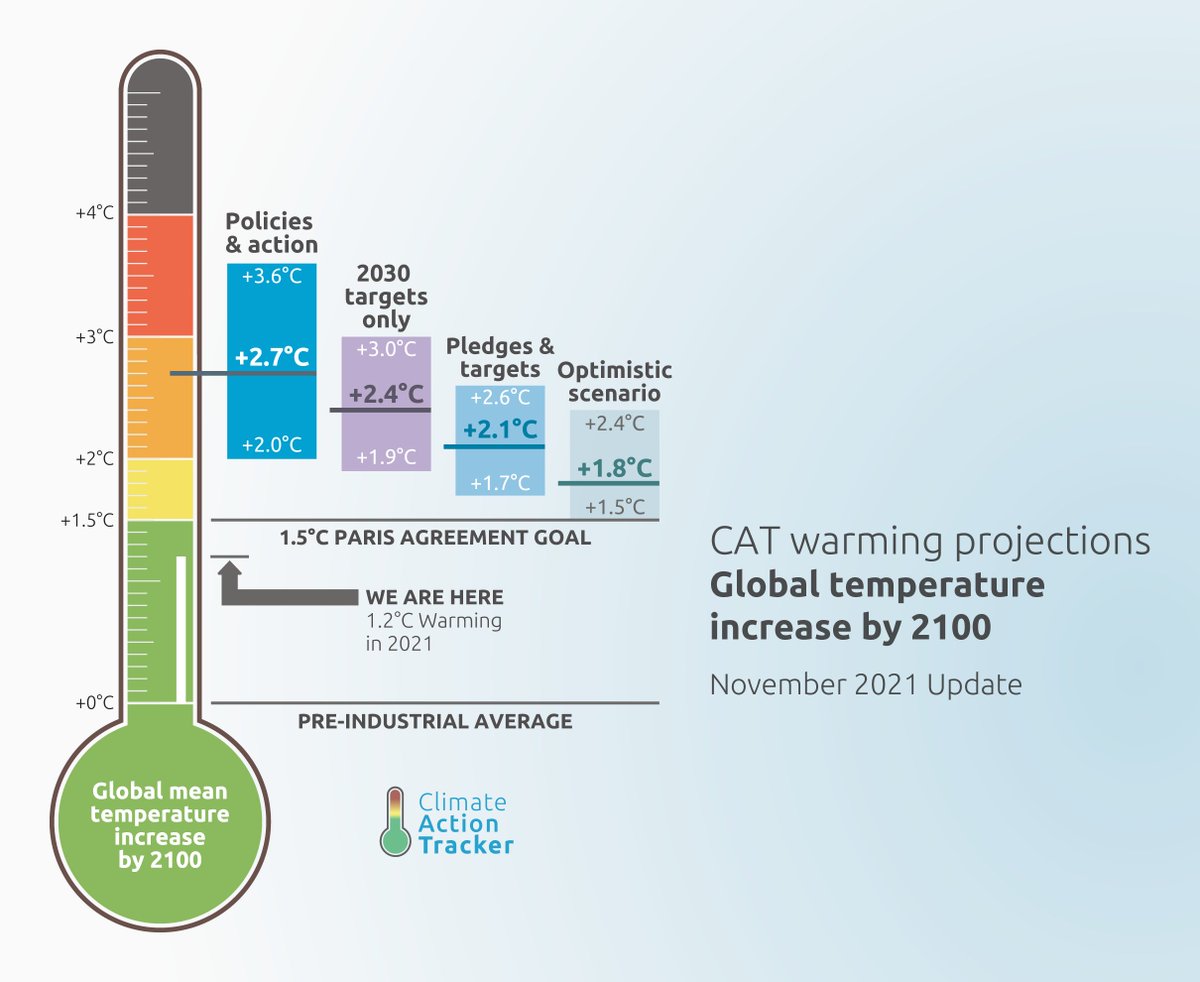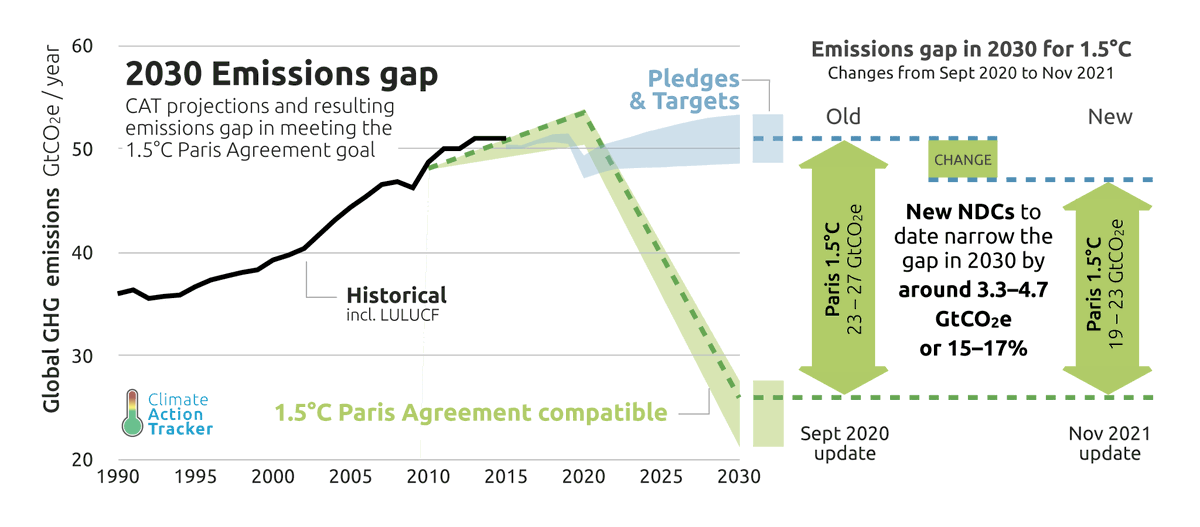1/ Governments are largely not making #ClimateChange action central to their COVID-19 recovery packages, despite some signs of good intentions - our new briefing for #CWNY, released today bit.ly/CAT_CWNY_2020 

2/ We've analysed the post-#COVID_19 #recovery packages of 5 countries: #China, #EU27, #India, #SouthKorea and the #USA. Only two lean towards using the pandemic recovery to address the global #climate crisis: the EU27, and South Korea. First, we looked at overarching packages. 

3/ We assessed 106 domestic measures across the 5 countries, differentiating between overarching packages & individual interventions, and rated them. The picture is not the most encouraging. 

4/ The #EU promises to dedicate 30% of NGEU fund on green, #climate-related spending: it will spend 2% of its 2019 GDP on climate. #SouthKorea, we identified 12 green measures, yet it will still spend more on the three “red” measures.
Full report bit.ly/CAT_CWNY_2020
Full report bit.ly/CAT_CWNY_2020
• • •
Missing some Tweet in this thread? You can try to
force a refresh

















